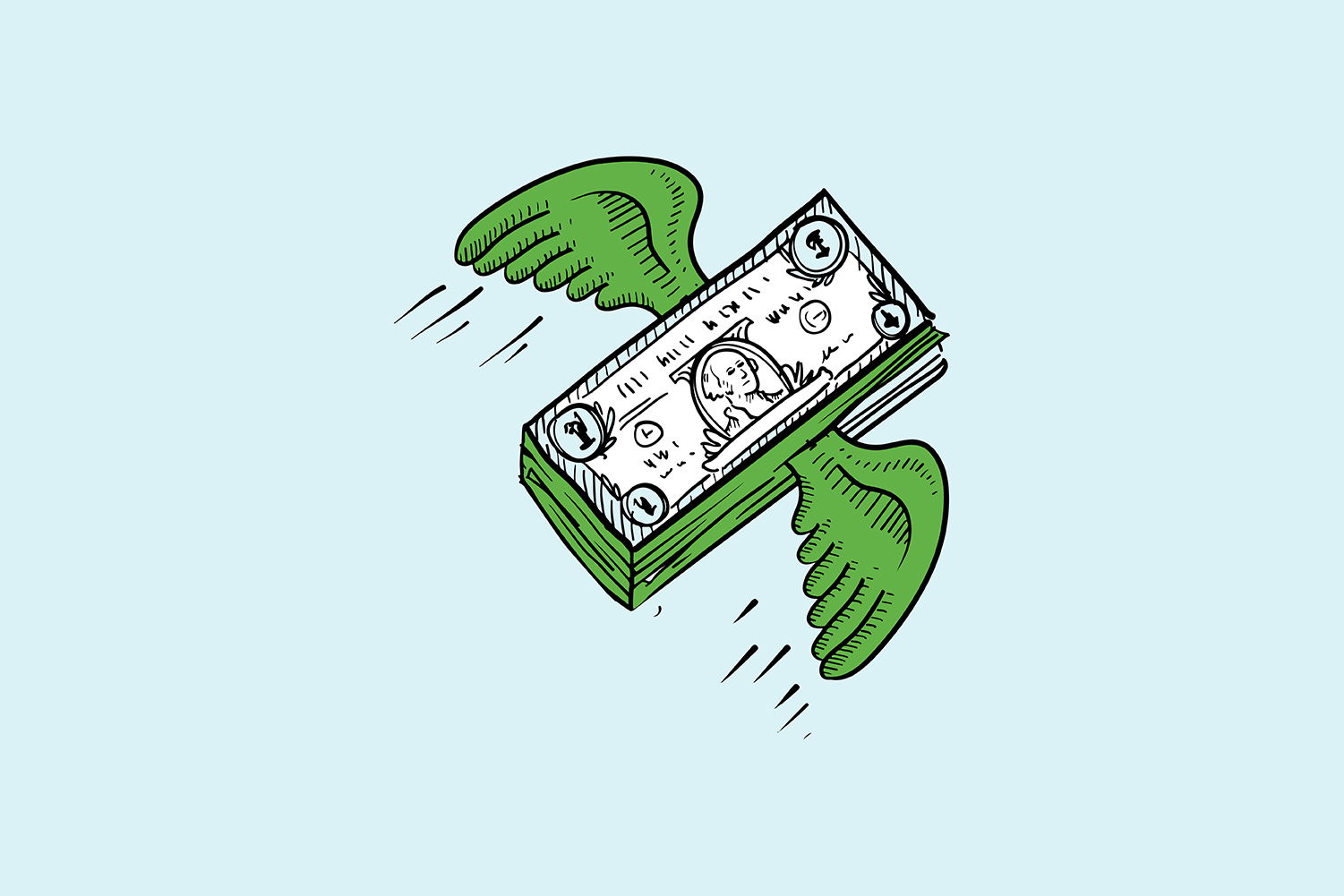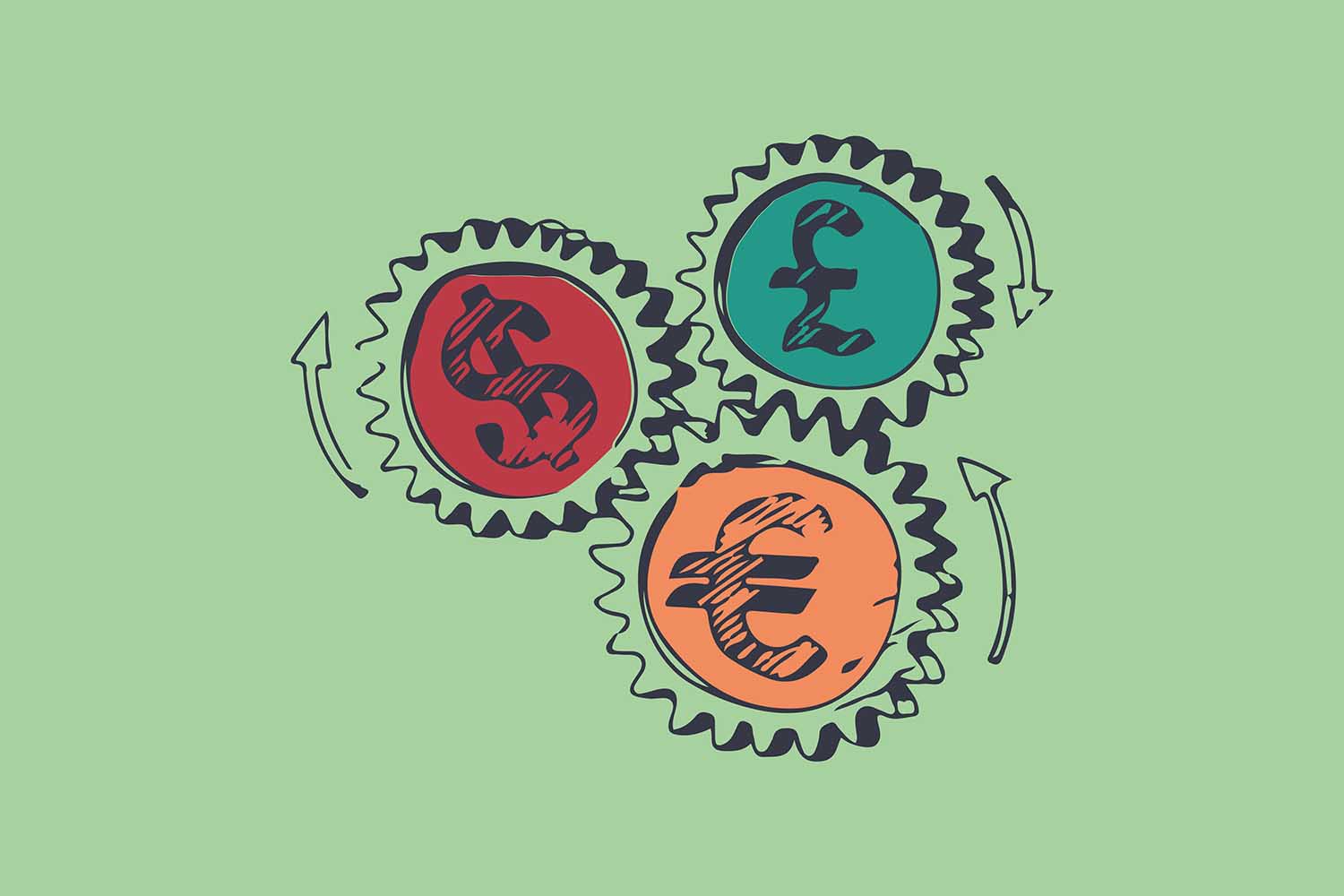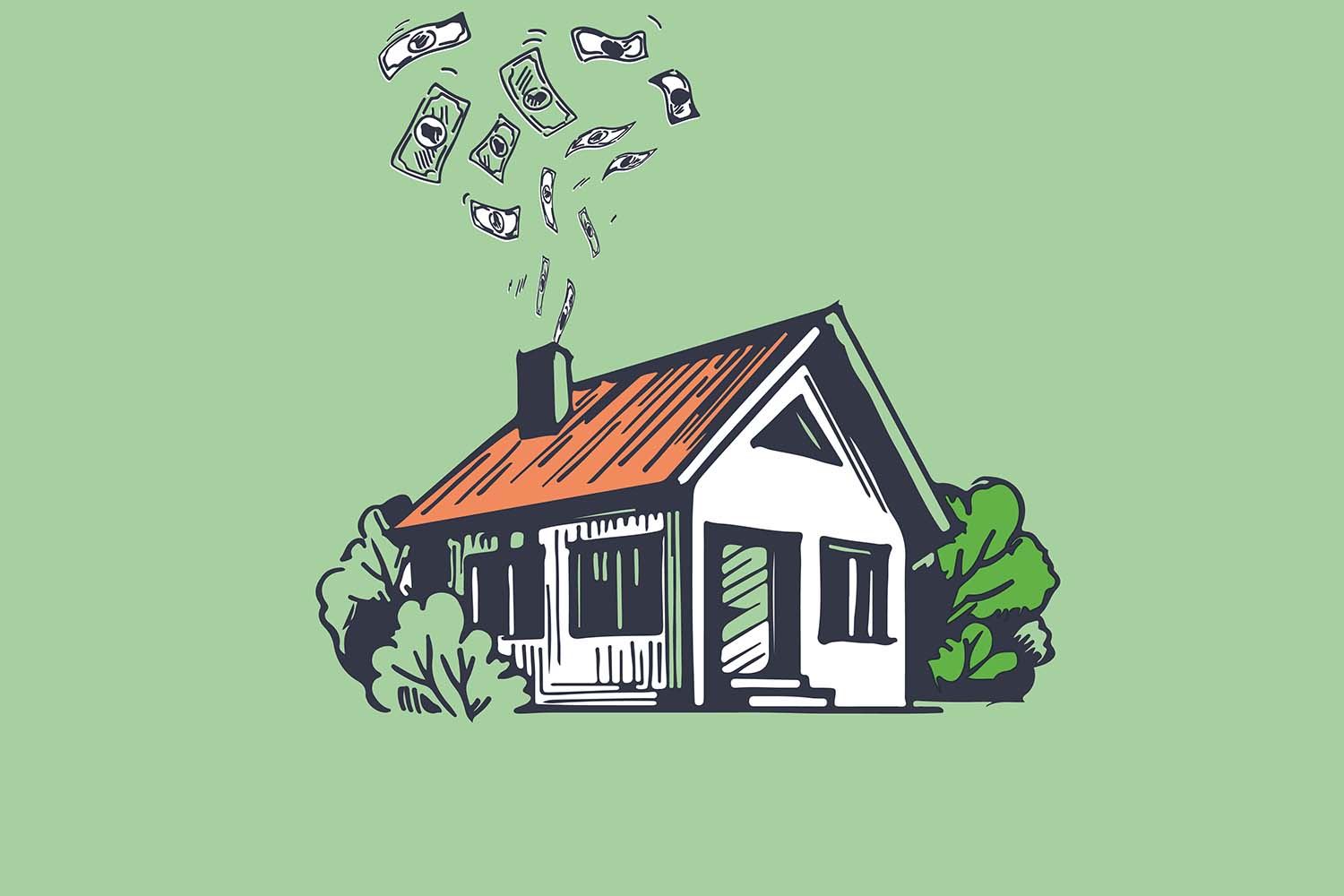The Story
One of the major economic themes of 2021 globally has been inflation. In almost every corner of the world, especially in countries that have over the years been trying to stimulate consumer spending, inflation has taken centre stage.
What obtained before now
Let’s backtrack a bit to the inflation status of countries before the pandemic hit. After the global financial meltdown of 2008/2009, central banks around the world employed different monetary policy tools to stimulate their economies and restore consumer spending. None seem to work, and so the United States of America’s Federal Reserve (US Fed) resorted to Quantitative Easing (QE).
Quantitative easing is a monetary policy tool with which the central bank tries to stimulate the economy by buying back long-term government bonds from banks. By doing this, the central bank pushes money into the economy and reduce the interest rates. This bond buyback creates cash liquidity for banks. Low-interest rate allows entrepreneurs to borrow this excess cash from banks and invest in the economy. By investing in the economy, they create jobs and improve consumer spending. This in turn results in economic growth and an increase in inflation.
Other countries in Europe & Asia adopted quantitative easing, but it did very little to spur inflation. Interest rate was as low as 0.0% in the US, in parts of Europe interest rate was negative, yet consumer spending wasn’t improving.
While inflation is mostly seen as negative, every economy requires a healthy dose of inflation to thrive. Inflation below a certain threshold signals a slowdown in economic growth and possible deflation. Deflation which is the exact opposite of inflation is much more difficult to tackle. This is why major economies in the world have an inflation band of 2-3%. The inflation growth rate below or above this threshold is worrying.
Inflation in the US as of 2009 was -0.36%, in the same period in Europe, inflation was 0.93%. Japan which has long battled deflationary pressures had an inflation rate of -1.35% in 2009. Though these numbers improved a bit in 2011, they declined again. Quantitative easing was stopped in the US in 2014/2015, and in 2018 in Europe, inflation, however, remained below 2%.
Why are things different now?
2020 came and the pandemic hit. Economic activities were halted around the world as everyone was forced to stay at home. The economic implications of having everyone stay at home included massive job losses, scarcity of essential goods and services and low consumer spending. To avert these, countries in Europe embarked on another round of quantitative easing & placed employees on a furlough program. A furlough program is a temporary leave for employees due to negative economic conditions affecting an organization. The furlough program in Europe limited the expected implications of the pandemic on unemployment in the continent.
The US in a bid to maintain economic growth in the face of declining economic activities also went back to quantitative easing and provided robust stimulus packages for its citizens.
Research by some economists in Europe showed that the quantitative easing embarked on after the financial crisis of 2008/2009 boosted production capacity. Increased production capacity reduced the cost of production, together with low demand for goods and services kept prices at bay.
In 2020/2021 things are different. Quantitative easing combined with governments literally putting money in people’s pockets pushed up consumer demand. Increased demand however met with limited supply. Unlike the aftermath of the 2008/2009 financial crisis, where quantitative easing boosted production capacity, production capacity in 2020/2021 was lower as most production plants were closed.
As economies started to recover from the pandemic and open up in 2021, consumer demand surged while supply remained limited. This led to inflation. As of January 2021, inflation in the US was 1.4%, inflation rate in the US as of October 2021 is 6.2%, the highest inflation rate in the US in 30 years. Germany, the largest economy in Europe had an inflation rate of 1% in January 2021, that number has changed to 4.5% in October 2021, the highest inflation rate since 1993.
Bringing it home, inflation in Nigeria
While inflation in Nigeria has declined from the all-time high of 72% during the Abacha era, it is still considerably high. The Nigeria economy is import-dependent, though its export numbers exceed its import numbers, over 40% of Nigeria’s export is crude oil. Due to the infrastructure deficit in Nigeria, the manufacturing and industrial sector of the economy have experienced limited growth. This has left the country dependent on the importation of goods and raw materials used in the production of goods in Nigeria.
Its import-dependent nature has made the country and its economy susceptible to fluctuations in the foreign exchange market. So much that the degree of liquidity in the foreign exchange market determines the growth pace of the Nigerian economy. The country’s major export is also its main source of foreign exchange revenue. Whenever oil prices in the international market fall below $50, liquidity thins in the Nigerian foreign exchange market. Low liquidity in the foreign exchange market leads to a devaluation of a Naira and a limited supply of FX to meet importation demands. This leads to an increase in the cost of imported products and imported raw materials. The high cost of imported goods is passed on to consumers, leading to a rise in the prices of goods and services.
The structural issues around agricultural production in Nigeria has limited the supply of agricultural produce in the country. Attempts by the government to boost agricultural produce well enough to meet local demand has failed. Data shows the average Nigerian household spends over 50% of its monthly income on feeding. Inflation in Nigeria peaked at 18.17% in March 2021. A breakdown of this number shows food inflation grew to 22.95% at the time. Given the shortage in local food supply, food products are imported to meet local demand. Food importation & the structural issues in the Nigerian agricultural sector are responsible for food inflation.
Interestingly, inflation in Nigeria has been increasing at a decreasing rate since April 2021. The inflation growth rate in October 2021 slowed to 15.99% from 16.63% in September 2021. Slowing inflation growth rate however does not reflect in the prices of goods and services. The price of goods and services remain volatile. The integrity of data generated by the National Bureau of Statistics (NBS) has been brought to question since the end of the tenure of Dr Yemi Kale as the statistician general of the bureau in August 2021.
Though Nigeria has the highest inflation rate amongst its peers in the African continent, inflation in other major economies in Africa has also been on a rise. South Africa has seen inflation grow from about 3% in 2020 to 5% in 2021. The inflation rate in Ghana has risen to 11% in October 2021, from a low of 7.5% in May 2021. Kenya as of January 2021 had an inflation rate of about 5% this has changed to 6% in October 2021.
Inflation growth globally is riding on roaring demand for goods and services as economies recover from the effect of the pandemic.
How does this affect me as an investor?
Inflation depreciates the value of currencies investors earn and invest in. When the inflation growth rate is higher than the rate of return on assets, the real return on these assets is negative.
The inflation in major economies of the world is from the supply end. The pandemic and recent energy crunch in some parts of the world has disrupted the supply chain. Given that it takes time for the supply chain to adjust to such disruptions, inflation may linger for a while. Central banks will try to fight inflation by raising the interest rate, but it might not be enough seeing that it is more of a supply chain issue.
For investors in Nigeria, the structure of the Nigerian economy shows that inflation will mostly remain double-digit, even if it falls to a single digit, it will revert to being double-digit. This will change when foreign exchange earnings are diversified. Global inflation will filter into Nigeria as long as the country remains import-dependent.
A couple of assets move in tandem with inflation some of them are commodities and real estate properties. The continuous depreciation of the Naira that comes with inflation, necessitates investment in dollar-denominated assets. We suggest that investors maintain a diversified investment portfolio with investment spread across different asset classes based on prevailing economic headwinds and the investor’s risk profile.




